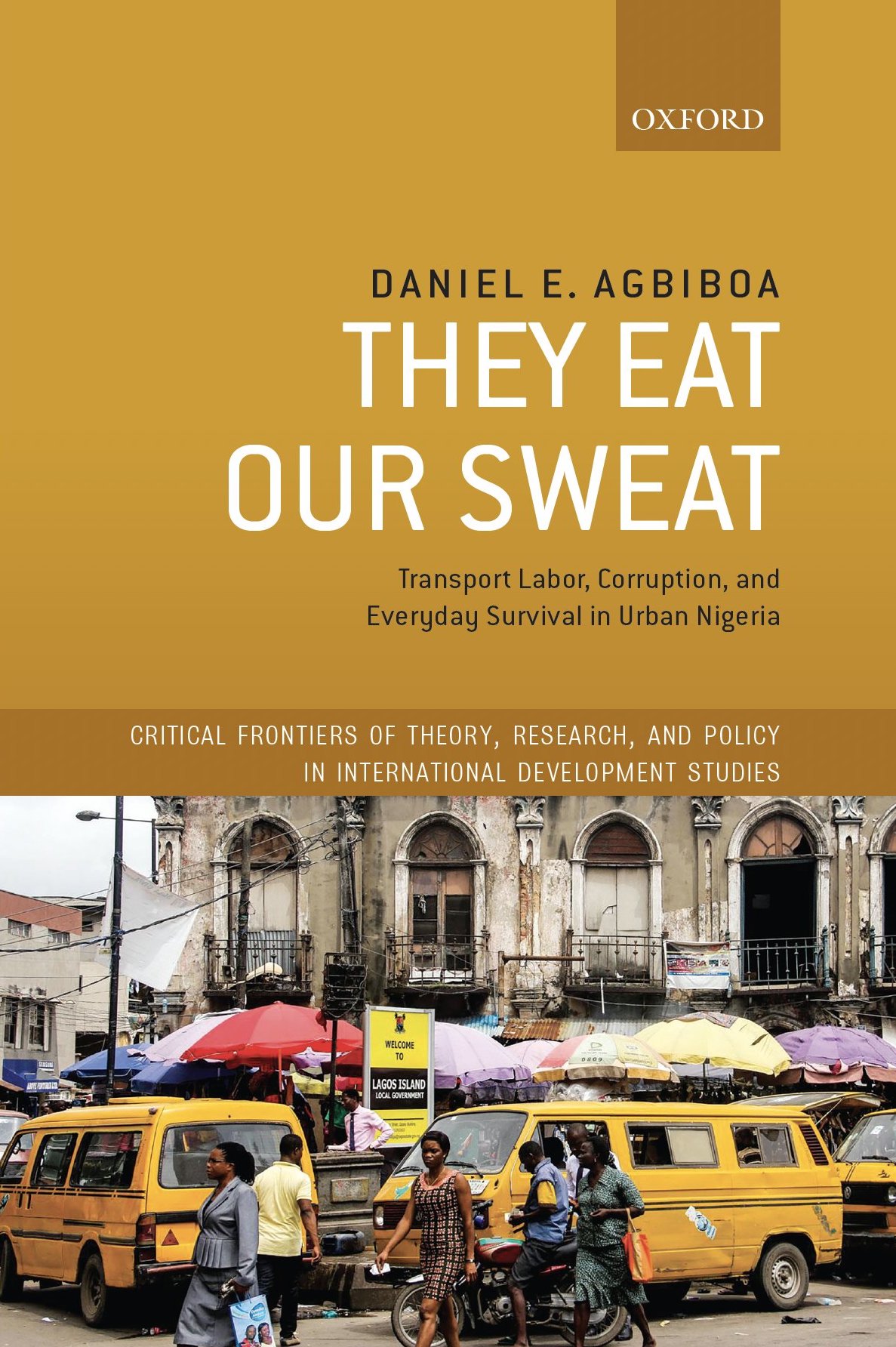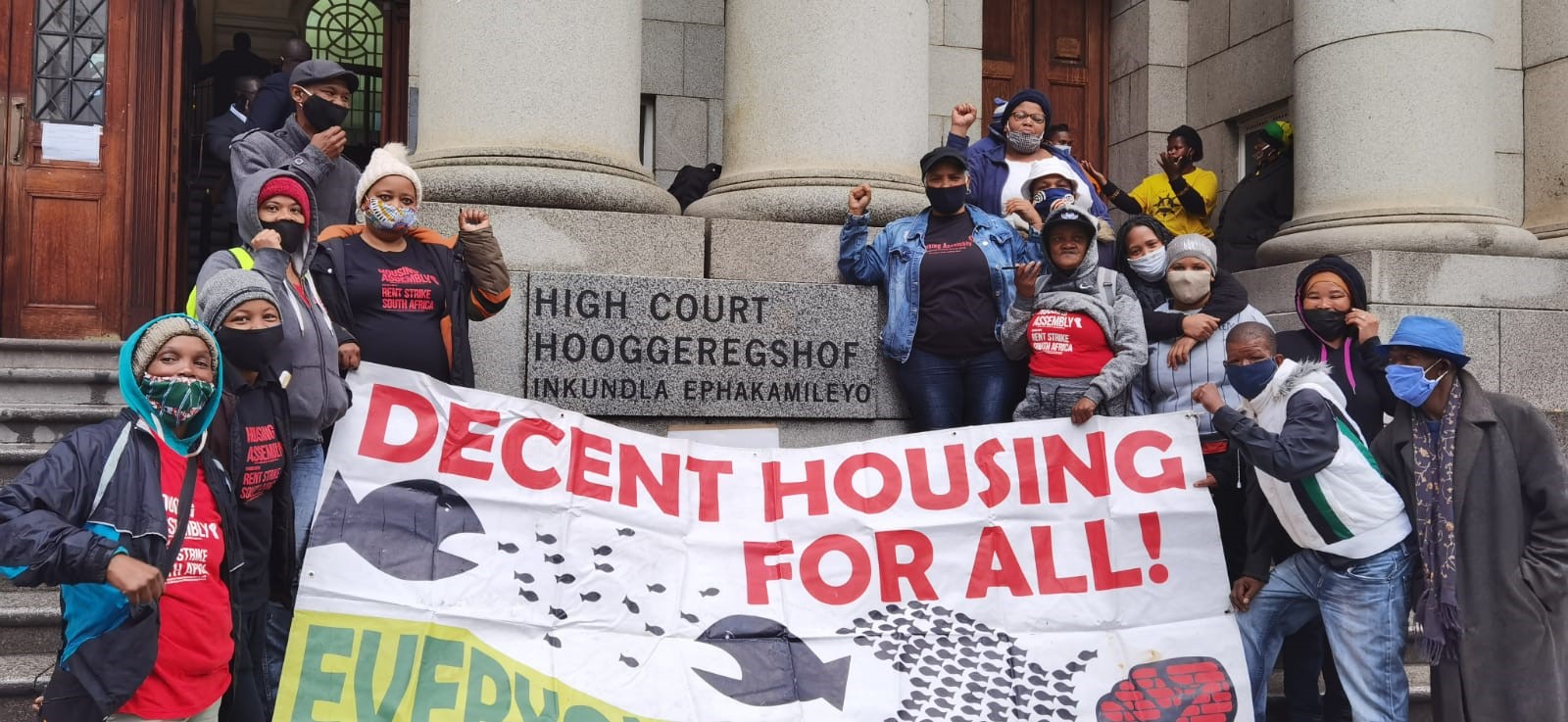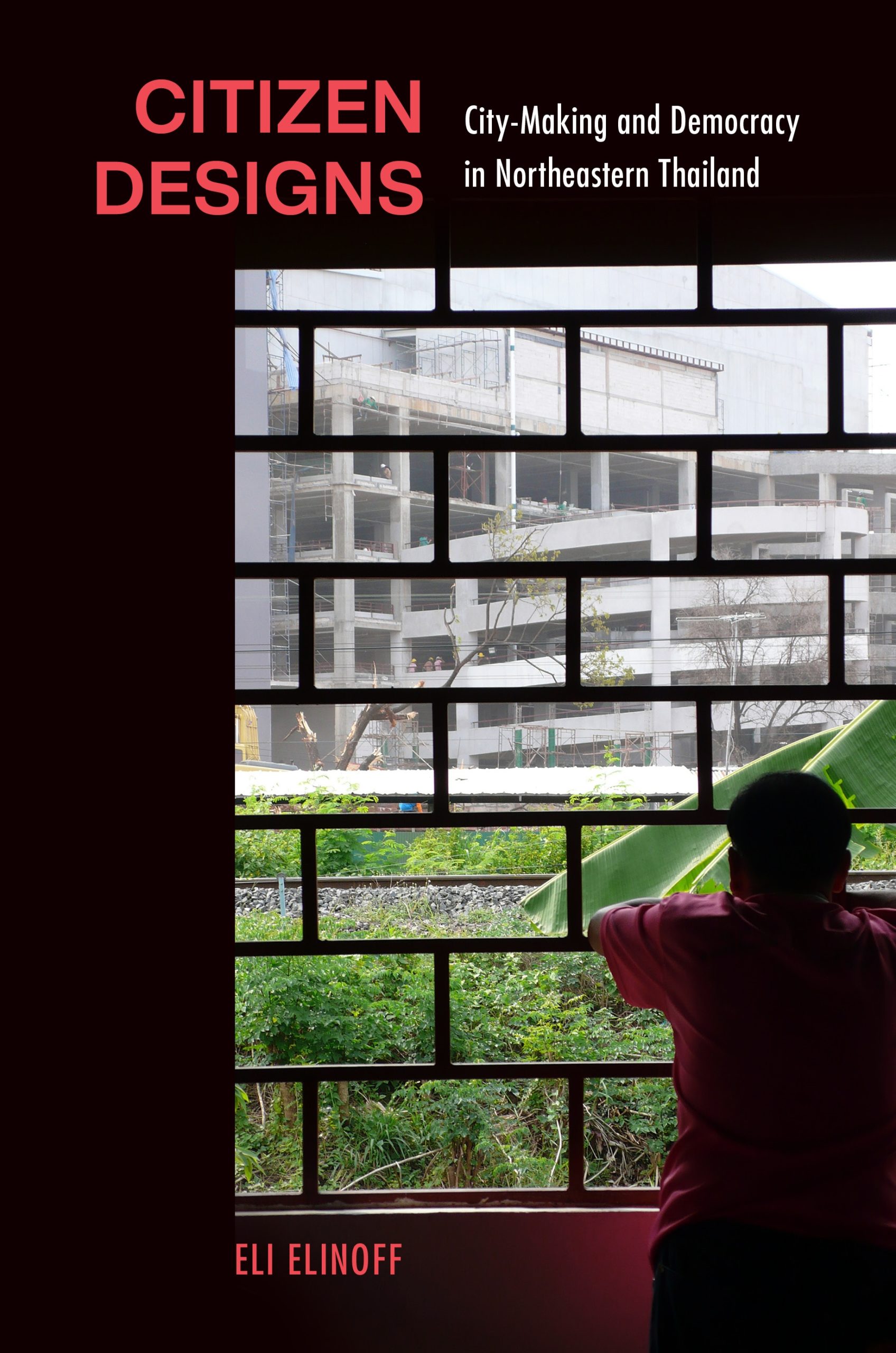In recent weeks, I have found that one of the hardest questions for me to answer is, “what’s your book about?” It shouldn’t be a difficult prompt – I wrote the damn thing, it’s not that long, and I remember what’s in it clearly enough, but it has been challenging for me to see it as anything other than 57,577 words: a totality, and an argument that runs from beginning to end. Now that others have written about it, however, I can see a little more clearly what it is: an explication of the role of the state in gentrification; a historical demonstration of the relationship between planning and the “growth machine;” a set of propositions about the way the global shift of capital into real estate has changed the profession of urban planning, and the way planners have affected that shift; a theory of the real estate state, or the amalgamation of real estate capital and state capacities, particularly at the municipal level; an analysis of the dilemma that faces urban planners in a private land market that translates their greatest accomplishments into displacement-inducing rent hikes; and a set of ideas about how we might alter this awful state.
Huron’s story of Washington D.C.’s Walter Pierce Park – a place long neglected by capital and the state until it was reclaimed by a popular mobilization, and then used as a tool to boost neighborhood land and property values, thus displacing the community that labored to create it – perfectly encapsulates the phenomenon I set out to explain, and the forces I hope to aid in defeating. My goal in writing this book, and in purposefully posing complicated ideas in uncomplicated language, was to provide activists (or “human rights enforcers,” in Robinson’s phrase) and scholars with a set of tools to understand the massive transformations many cities are undergoing: gentrification and disinvestment, the two increasingly common and polar extremes of geographically uneven development.
I am immensely grateful to my reviewers, Amanda Huron, Suleiman Osman, Erin McElroy, Rob Robinson, and Elvin Wyly, for their generous and generative readings of Capital City; to Cindi Katz, for organizing the Author-Meets-Critics session at the 2019 American Association of Geographer’s conference for which most of these essays were originally written; and to Eric Goldfischer, for commissioning, editing, and publishing these pieces in Space and Society. I must single out for special commendations Dr. Wyly, whose expansive review – almost a full-length article in and of itself – impressively manages to contextualize my book in both the past and the future simultaneously. As I said after hearing a version of these reviews at the author-meets-critics session, I am flattered, nervous, and embarrassed by the attention, but I am deeply thankful.
Reading these thoughtful reviews together, a few clear themes stood out. One is time, or the temporality of “the rise of the real estate state.” Osman is right to imply that the real estate state is both old and new – it (or something like it) has been a feature of urban government as long as there have been states and private land ownership. What has changed, I believe, is the size and power of urban real estate capital, both in and of itself and relative to other factions of urban capital (particularly manufacturing and industrial capital). Other manifestations of capital and the state co-exist with the real estate state; its rise has not diminished the significance of the military-industrial complex, for example. But today, both at the municipal and the federal level (and perhaps beyond), the real estate state is a salient feature in our political and economic life, overdetermining not just the built environment but the demographic and spatial makeup of cities and the economic, political, social, and cultural possibilities therein.
Osman further asks how we can “periodize the emergence of the real estate state” as a dominant force in urban politics. While my first main chapter provides a century-long history of urban planning in the U.S., my second chapter focusses particularly on the impact of industrial dispersal (what McElroy rightfully calls “exurbanization” rather than deindustrialization) from the 1970s onward, coinciding with and partially co-constitutive of the neoliberal turn. It was during those years, I argue, that gentrification came to become closely aligned with the goals and outcomes of “good” urban planning, and when the interests of real estate capital rose toward the top of city leaders’ priorities. This process accelerated rapidly toward the end of the 20th century, and perhaps reached a symbolic apex – and, in a moral sense, nadir – with the election of our developer president in 2016. (That election campaign was contemporaneous to the shiver-inducing story Wyly tells of a technologically-aided “transnational rent gap closure of Cdn $6,000 per second,” an almost inconceivable pace of real estate speculation.) Real estate was always a high priority for capitalist planners, but it is only in this more recent period that it the two have so seamlessly merged.
McElroy is surely right to suggest that a strictly linear temporality is not necessarily the most effective way to explain this planning history, and the creation of the present in general. Instead, they posit that we focus instead (or as well) on “recursivities and enfoldings of time” – the way things change and the way they don’t, or to borrow Amiri Baraka’s (1968) phrase, the way history can present as “the changing same.” This is something I struggled with a bit in writing Capital City (particularly the first full chapter), as well as in composing other historically-based pieces. When you know how the story ends – or you think you do — it is tempting to tell history as a linear progression. One way I have found to complicate this too-easy narrative device is to construct overlapping periodizations, rather than cutting time up into strictly separate and consecutive eras. This still results in a narrative of historical progression, but it belies the idea that social history flows unidirectionally toward present conditions. As Huron shows in her history of our first developer president, the past is most certainly present.
My father, Josh Stein, to whom Capital City is dedicated, used to talk about history as a way to “shout across time.” I always thought of that phrase as describing how the past calls forward to the present, but as I write this I am realizing that it is also a description of what he did as a historian and professor: by studying the past, we are shouting across time at our predecessors. We are acknowledging their labor, and recalling the fact that – as Wyly quotes Anishanaabe elder Mary Deleary – “the land is made up of the dust of our ancestors’ bones.” We are also shouting back at those who oppressed our ancestors, and proclaiming that we will never forget. Wyly compels us to make the most of these shouts in our studies of urban geography, writing, “Authors, authoritarians, anarchists and activists from the afterlife are always writing and speaking to us in and through our cities; the questions are whether we listen, and to whom we pay attention.” This is a beautiful sentiment, and an important call to action. It is particularly urgent because, as Wyly shows, capital has certainly figured out how to profit off the past, and ensure that “previous public, collective achievements have been privatized, monetized, and securitized.”
Of course, as good geographers we can’t talk about time without talking about space. Another theme that emerged from these reviews is the space from which – and often of which – I write: New York City. All of the reviewers commented on my use of New York as my primary example, noting that this is a sensible choice but wondering what this story might look like from other geographical vantages. Huron gave us some of the story from DC; McElroy added a view from the Bay Area; Wyly provided a perspective from Vancouver; and Robinson encouraged a global perspective. McElroy and Osman both wondered what this analysis might do if it were centered in the global south, or from the suburbs instead of the cities. I strongly agree with these suggestions, and hope not only that I can expand my focus in the future, but that other authors might be able to contribute tales of the real estate state that emerge from radically different spatial contexts than the one I am most familiar with.
My book draws examples from all over, but I chose to return frequently and in the greatest depth to New York City for several reasons. As the US’ largest city, it presents an exaggerated (rather than exceptional) version of many phenomena facing planners and tenants in cities all over the country. It has historically been a place from which many other cities’ planners, leaders and social movements draw inspiration (though never quite as much as New York’s boosters believe). More than anything else, I focused on New York because I felt I knew the city well enough to be confident in my analysis. Too often I have read something written about New York by someone obviously unfamiliar with its deeper histories and subjectivities, and thought to myself, “What the hell are they talking about?” This is not to say we must only research and write about places we know intimately, but when I was pulling together the idea for this book I knew that there was only one place I, personally, could tell this story from, at least at this point in my life.
Osman asks if it might be too late for New York City. This is certainly fair to ask, given the absurd (but far from complete!) heights of its hyper-gentrification, but I can only say this: it’s never too late for me. Like those with whom I stand in solidarity and act in movements, I can never give up on this city, no matter how bad it gets. The recent mobilization against and victory over Amazon, astounding even to many participants (myself most definitely included), shows that the future is always unwritten. I would never argue that New York should be the model for the world, either in the way it has developed or in the ways its movements seek to change it, but I would also never argue that it’s time to move on to greener pastures. I personally am “ruined for anywhere else,” as Colson Whitehead (2007) wrote about his relationship to New York City and the rest of the world, and thus I am unwilling to give up on it as a site of possibilities.
Osman also highlights two spaces I agree deserve further study and embellishment in my theorization of contemporary urban political economy: first, “Who are the developers” and “What is their urban vision?”; and second, “Who are the working-class and poor in the real estate state?” These are excellent questions, the answers to which are hinted at but not clearly explored in my book.
As Huron rightly points out, Capital City is mostly about the state’s role in the production of gentrification, though as McElroy notes, my focus is wider than simply “the government.” I have been trained by many teachers – living and departed – to always think the state, capital and labor together, and in Capital City I have opted primarily to explain labor and capital through the state. In future works, I hope to explain capital and the state through labor, and explain labor and the state through capital. My dissertation (which I hope will be my next book) tells the story from the perspective of New York City’s working-class institutions, and asks how and why many unions and non-profit housing organizations have supported (or at least not fully opposed) modes of planning that accelerate gentrification. That project will center labor of various sorts – paid and unpaid, productive and social reproductive – as both the source of urban value from which real estate capitalizes, and as a complex, diverse, and internally divided force under the political and economic conditions of capitalist development and republican government. This relates directly to the issue of non-profits and “big finance” that Robinson articulates, a structural linkage that shapes working class institutions’ engagements in land use politics. In the future, I hope to follow up with research that more directly interrogates the real estate capitalists themselves. One question that particularly fascinates me is: what, exactly, are developers thinking when sinking enormous fixed-capital investments in coastal areas where seas are clearly rising?
The point of this all, however, is not just to produce knowledge, but also to prompt action. I have been heartened to see activists in New York City, Philadelphia, Chicago, Vancouver and elsewhere hosting study groups with the goal of using Capital City as a guide for analyzing the political landscape and crafting campaigns for change. McElroy suggests that the book might prompt organizers to ask, “how might planning justice, as a field of inquiry, help us produce housing justice on the ground?” McElroy looks specifically to the obscene and absurd YIMBY/NIMBY debate (which they rightly characterize as “false binaries”) and asks how Capital City might intervene in those politics. While I don’t address the YIMBY/NIMBY phenomenon by name, at several points I address some of the key ideas: debunking the notion that any increase in housing supply – no matter the cost or location – will automatically drive down overall prices; and also calling for a dramatic redistribution of planning protections away from the most privileged and toward those places at risk of gentrification. The logic of YIMBY is firmly embedded in the self-proclaimed “progressive” de Blasio administration, and it is being contested most directly not by NIMBY homeowners but by working class communities of color who are being targeted for rezonings. My book seeks to aid directly in those struggles, even if it does not engage with the current terms backyard-based terms of housing debate.
Osman, however, worries that I have perhaps created a monster in describing the real estate state, which might induce political paralysis in depressed readers. This is understandable, but certainly not my intention. When I was a professional tenant organizer (by which I mean when tenant organizing was my job), I was sometimes frustrated by the housing and planning literature I read, which I felt failed to accurately depict just what we were up against on a daily basis. I sometimes turned to a member of the organization’s board of directors, Tom Waters, who is a PhD candidate in political science at the CUNY Graduate Center, for guidance. He would offer the staff some things to read, or give us a little lecture on urban political theory. Sure, the takeaways were kind of depressing, but at least they made sense of the struggles we were waging, and helped explain why we had not already won. I hope my book is useful in the same way: in framing exactly what we’re up against and how it got to be that way so that we can think honestly about what might change it.
I do, however, take to heart Osman’s fear that “the notion of a ‘global real estate state’ [can] provide fodder for more reactionary forces.” As a Jew, I am especially cognizant of the fact that some reactionaries might hear such language and fit it into their anti-Semitic conspiracy theories. I can say clearly and unequivocally to any who would use my work in such a way: fuck you. But as good as it might feel to say that, it doesn’t change the fact that reactionaries will selectively use leftist analysis toward racist ends. McElroy points to this problem in diagnosing “the appropriation of antiracist housing politics by proponents of luxury development” who erroneously claim that gentrification is a valid mode of integration, and that total deregulation is the proper response to our history of racist land use regulations. Racial capitalism is an always-evolving system, and its promoters learn to pick up elements of its opposition in promoting its futures. This must be vigorously and continuously contested, both intellectually and politically. We cannot allow the right to coopt our language and ideas, but we also cannot restrain our analysis because we know they will try to do so.
Capital City is a short book, aimed at both an activist and an academic audience. It seeks to explain the relationship between planning, real estate, and gentrification in capitalist cities today, and to inspire action toward “unmaking the real estate state.” I am honored to be in conversation with this distinguished group of reviewers, and I appreciate not only their kind words but also the time they took to read my work and craft these responses. To those reading this review forum, I thank you too. Now let’s get to work!




















